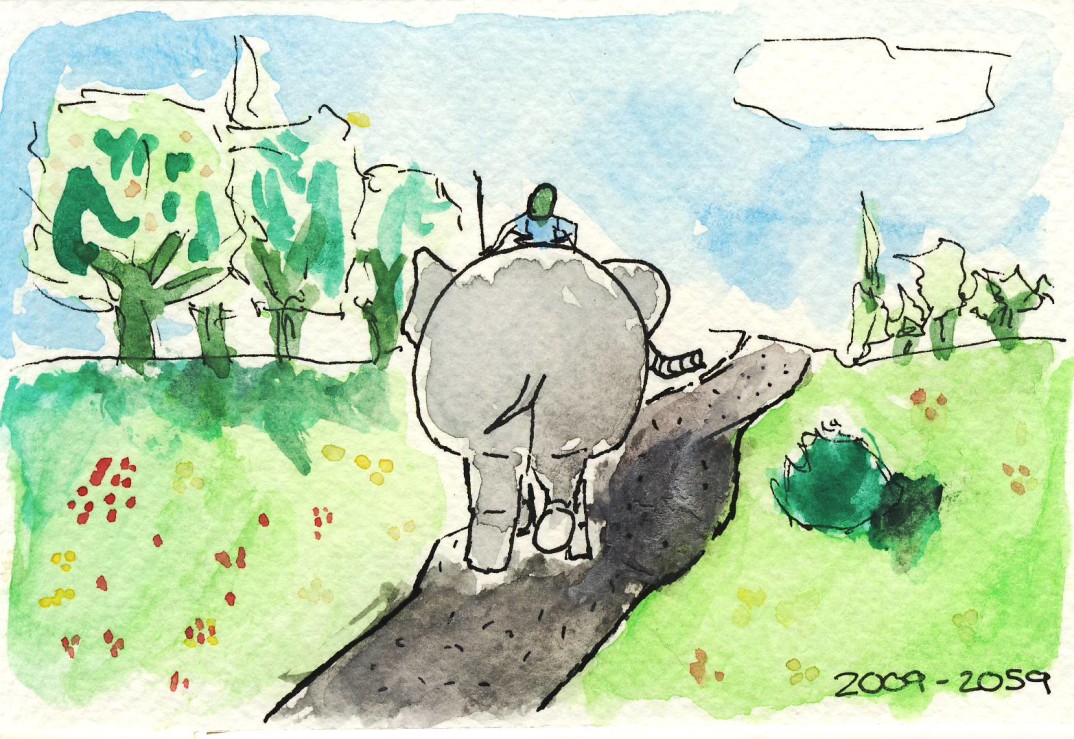The Black Lives Matter movement has generated important conversations in multiple arenas of American life, including one surprising conversation currently taking shape in the literary sphere. Intellectuals and book-lovers alike are reconsidering the value of the anti-racist reading list. These lists, which rapidly gained popularity in the wake of George Floyd’s death, offer a selection of primarily non-fiction books that deal either directly or indirectly with racism for those hoping to educate themselves about structural inequality. There is no one official list; the most popular and visible are those assembled by national newspapers, public libraries, universities, but websites and blogs with less cultural pedigree are putting together their own lists of recommended reading. Many Black writers and intellectuals, like Ibram Kendi X, have wholeheartedly embraced the anti-racist reading list, while others have expressed doubt over the purpose and effectiveness of the project. Are reading lists a good foundation for anti-racism, or are they another dead-end outlet for white allyship?
Ever since Harriet Beecher Stowe’s novel Uncle Tom’s Cabin captivated America in 1852, white Americans have turned to literature, especially fiction, to navigate the emotional and political labyrinth of racism. But as Melissa Phruksachart points out, “unlike previous moments in which fiction supposedly becomes the portal to empathy for the Other, the contemporary literature of white liberalism eschews the novel and coheres around the genres of nonfiction, autobiography, and self-help.” This is one of the most prevalent critiques of the anti-racist reading list, that such lists rely heavily on the exploitation of Black pain rather than celebrate their creative potential and achievements. Kaitlyn Liu articulates this point when she says, “Although anti-racist reading lists are published with the best intentions, they have become part of a broader system which generalizes and compartmentalizes Black authorship into perpetual voices of trauma and pain. Rarely do the books listed support the overlooked stories of Black joy, love or success without mandating a hardship among it.” As Lauren Michele Jackson, one of the earliest critics of anti-rascist reading lists, notes, such lists often defeat the very purpose of literature. Someone who reads Morrison as a field guide to understanding racism, she says, will not fully appreciate the work as a novel, as an artistic achievement by a talented Black writer. Jackson fears that reading lists can encourage white people to approach Black literature “zoologically,” engaging in the art at arms-length. The books that most commonly appear on anti-racist reading lists (Ibram X. Kendi’s recent nonfiction, Robin J. DiAngelo’s White Fragility, biographies of revolutionaries like Malcolm X and Martin Luther King Jr.) can feed into this trend, despite the value of each individual work.
At face value, it seems that Americans have turned away from the emotional insight and sensitivity to language offered by the novel for the cold hard facts of nonfiction, but Phruksachart argues that that isn’t the case. She notes that contemporary trends in nonfiction don’t teach white readers racial literacy so much as “emotional literacy. In doing so, they attempt to help colormute readers see, hear, think, and respond to the concepts of race and racism without triggering the sympathetic nervous system—without launching into fight-or-flight mode, which too often materializes as denial, anger, silence, or white women’s tears.” Understanding why we respond emotionally and physiologically to our own prejudice does seem like a valuable first step to addressing racism, but Phruksachart poses an extremely vital question: “is white supremacy really a problem of knowledge?” Does knowing the history of racism, or knowing our individual place in it, spur white allies to change the material conditions of non-white Americans?
Phruksachart would argue that it doesn’t. In perhaps the most penetrating critique of the anti-racist reading list, she states that
“The literature of white liberalism is obviously not a decolonial abolitionist literature. It succeeds by allowing the reading class to think about antiracism untethered from anti-imperialism and anti-capitalism. That is not to say that it has nothing to offer, nor that the authors are pro-capitalist shills. While all of these books offer sharp analyses of the way capitalism destroys Black and minoritized lives, they mention, but don’t center, the powerful critiques of capitalism issued by Black and minoritized traditions.”
In her view, contemporary anti-racist literature is palliative for white liberal readers, and while these works may contain glimmers of insight, they cannot truly help their audience unpack the causes of structural inequality.
This is an extremely insightful point, but it is perhaps unrealistic to expect a nebulous list of books to unravel global capitalism. As Jackson writes, “it is unfair to beg other literature and other authors, many of them dead, to do this sort of work for someone. If you want to read a novel, read a damn novel, like it’s a novel.” We certainly shouldn’t discourage anyone from reading and learning about race, but we should remember that reading isn’t meant to be a substitute for praxis, but a supplement. It’s a way of indicating to ourselves and others that we are engaging with a certain issue, that we are willing to think deeply about it and learn from others. As Harvard professor Khalid Muhammad puts it, “People use reading as a way to understand what they’re doing, why they’re doing it and why the work is critically important. There’s a fundamental requirement of organizing around shared knowledge, usually coming from shared text, to build collective engagement around what histories are relevant to explain the matter. That’s been true, certainly, for the entire history of Black freedom struggles.” Knowledge might not be the single key to unraveling white supremacy, but it is the basis for critical engagement with the world, and it’s certainly a good place for white readers to start.


